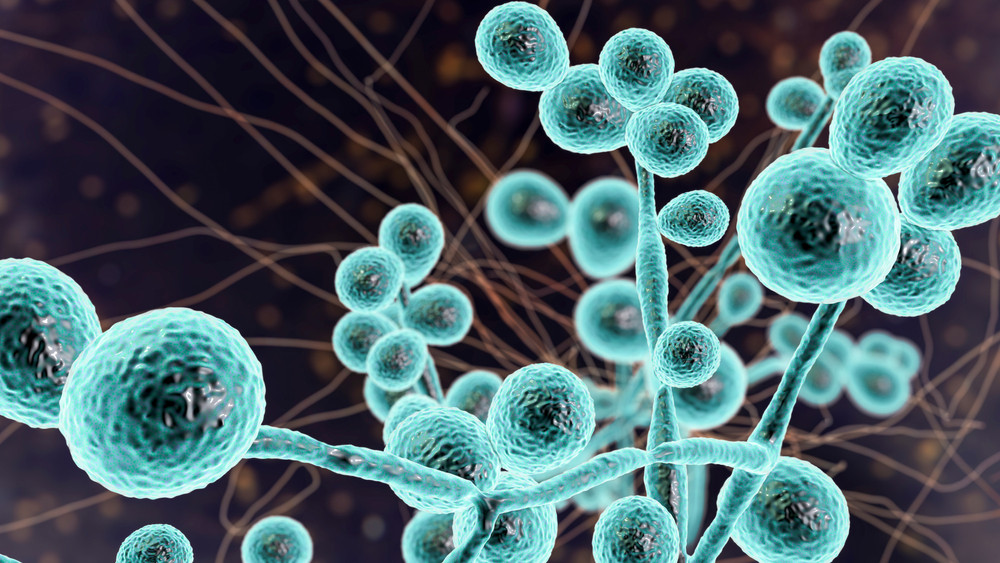Vaginal Candidiasis

Vaginal Candidiasis is a common condition that affects health and is caused by a fungus called Candida. Some people mistakenly believe that Candida is transmitted through sexual contact, but in fact, it is not a sexually transmitted infection and can occur even without sexual activity.
What is Candida?
Candida is a fungus commonly found in the natural environment, including soil, plants, and on the surfaces of human skin and mucous membranes. Within the human body, Candida is typically found in the mouth, gastrointestinal tract and vagina. The Candida species most commonly associated with vaginal yeast infections is Candida albicans. Depending on the environment, Candid albicans can assume various forms, such as yeast, pseudohyphae, or true hyphae. True hyphae's long, slender, tube-like structures can invade human couscous membranes and cause infection.

Who is at high risk of Candida infection?
Usually, a small amount of Candida is present in the vagina of women. However, certain factors such as changes in immune function, vaginal pH, hormone levels, or being in a warm and humid environment can disrupt the balance and lead to increased growth of Candida, increasing the chances of vaginal inflammation. Individuals with diabetes, weakened immune systems, pregnant women, or those using contraceptives are at a higher risk of developing Candida infections.
What are the symptoms of Vaginal Candidiasis?
- Vaginal pain and burning sensation: Patients may experience pain and a burning sensation in the vagina or the surrounding area, especially during urination or sexual intercourse.
- Vaginal itching and discomfort: Contact with Candida secretions can cause intense itching and discomfort in the vaginal area.
- Abnormal discharge: Patients with Vaginal Candidiasis often have noticeable changes in their vaginal discharge. It may appear as a thick, curd-like, or cottage cheese-like substance. The colour can range from white to light yellow and, in some cases, even pinkish-green.
If you suspect that you have Vaginal Candidiasis, it is advisable to seek a medical diagnosis and treatment from a doctor.
How is Vaginal Candidiasis treated?
Doctors typically prescribe oral antifungal medications such as Fluconazole or vaginal suppositories like Clotrimazole or Ketoconazole to treat the inflammation. However, there is still a risk of recurrent Candida infections after treatment, so it is essential to take preventive measures in daily life to reduce the risk.
Preventive methods include:
- Maintaining good hygiene habits: Keep the genital area clean and dry, use mild cleansers to wash the external genitalia, and avoid excessive cleaning or using irritating products.
- Avoiding moist environments: Candida thrives in humid environments, so it is best to avoid wearing damp clothing.
- Avoiding excessive use of antibiotics: Antibiotics can disrupt the balance of normal vaginal microbiota, increasing the risk of Candida infection. Follow the doctor’s instructions when taking antibiotics.
- Avoid tight-fitting clothing: Tight-fitting clothing and synthetic materials can restrict airflow, increasing moisture in the genital area and promoting Candida growth. Choose breathable cotton underwear and loose-fitting clothing.
Our Team
Virtus Obstetrics and Gynaecology specialists
-
Specialty Services - Obstetrics and Gynaecology